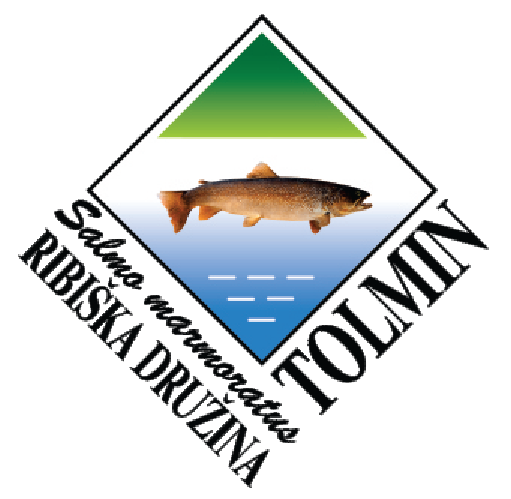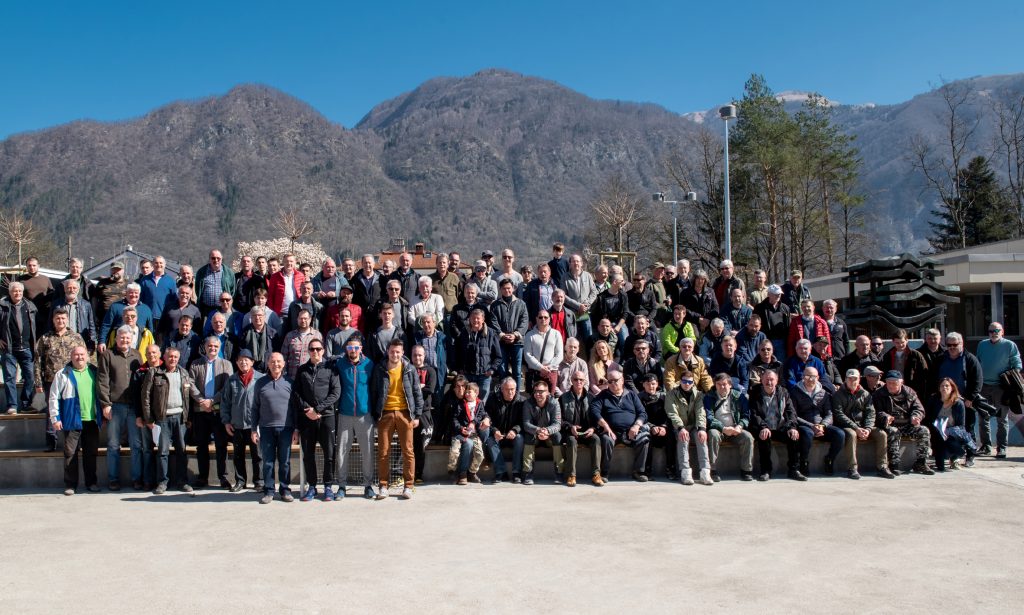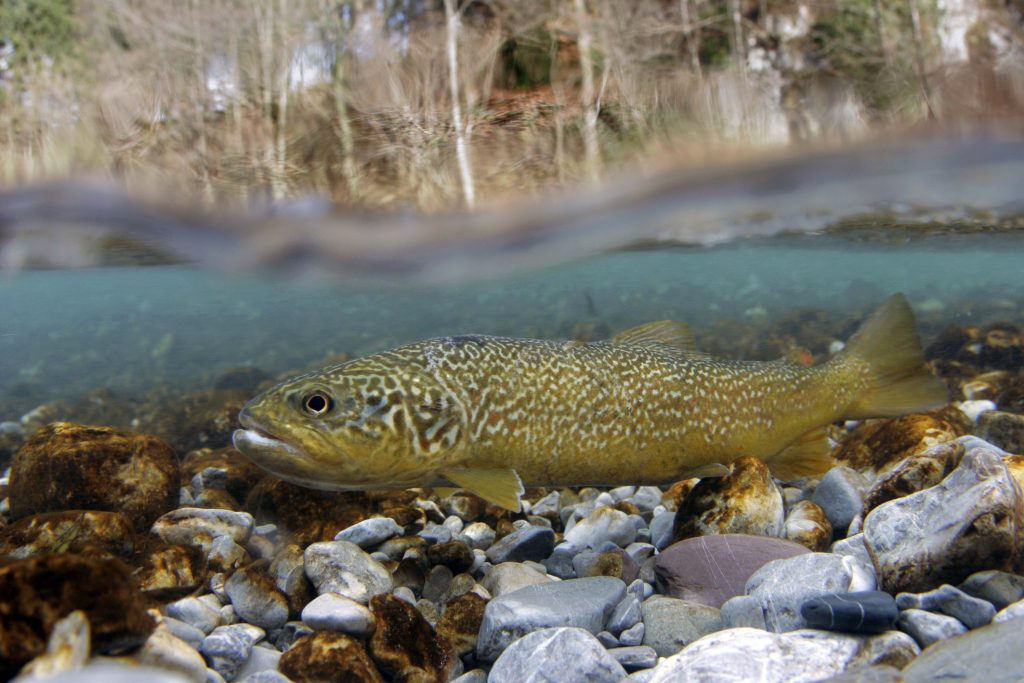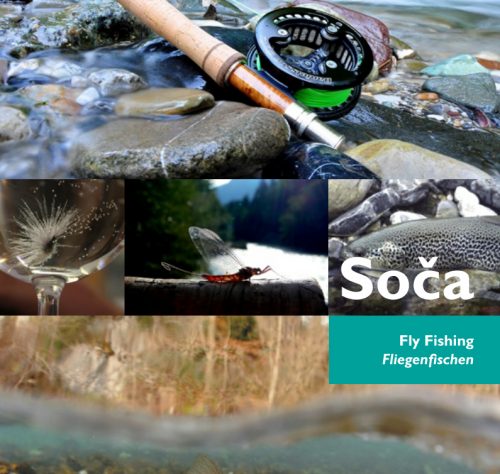THE PURPOSE OF THE CLUB
Tolmin Angling Club (Ribiška družina Tolmin – RDT) is a society established with the purpose of conservation and breeding of indigenous and other fish, management of recreational fishing, as well as protection of waters and aquatic systems, which all constitute the human environment and are a part of sports and recreational activities. Our angling club is one of the biggest clubs in Slovenia with about 400 permanent members and 40 junior members.
Tolmin Angling Club operates in five sections – Bovec, Kobarid, Tolmin, Most na Soči and Grahovo. There are about 140 kilometres of fishing waters available to fishermen on nine rivers. The club manages a part of the Tolmin fishing district on the territory of municipalities Bovec, Kobarid and Tolmin, which includes the Soča and all its tributaries from the bridge at Čezsoča in the Bovec region to Podselo, the Nadiža on the territory of the Republic of Slovenia and its tributaries, as well as the Idrijca and its tributaries from Stopnik to the point where it flows into the Soča. The only kind of fishing allowed in fishing sections of RDT is flyfishing.

